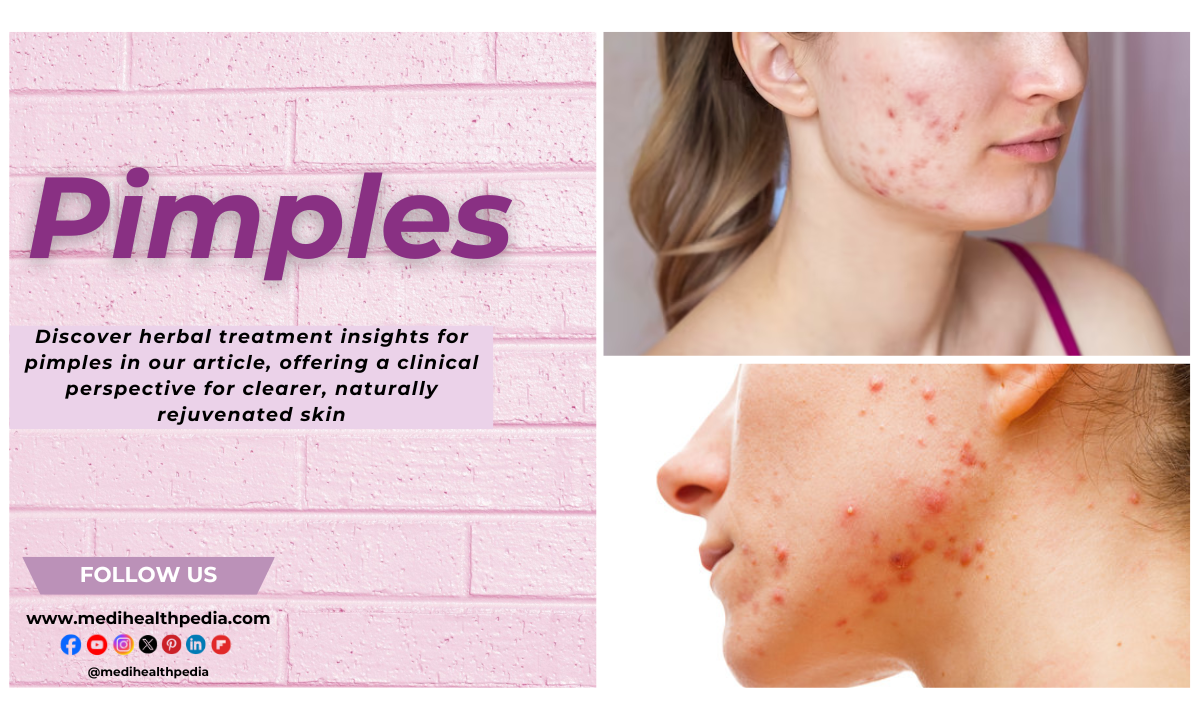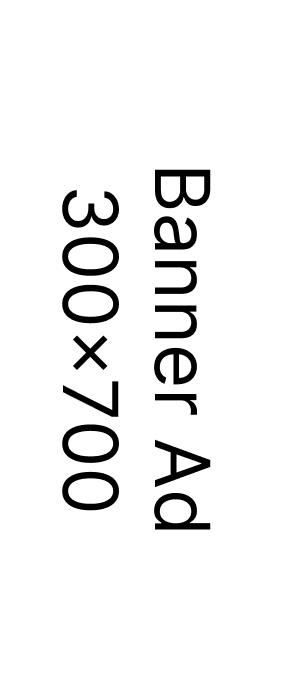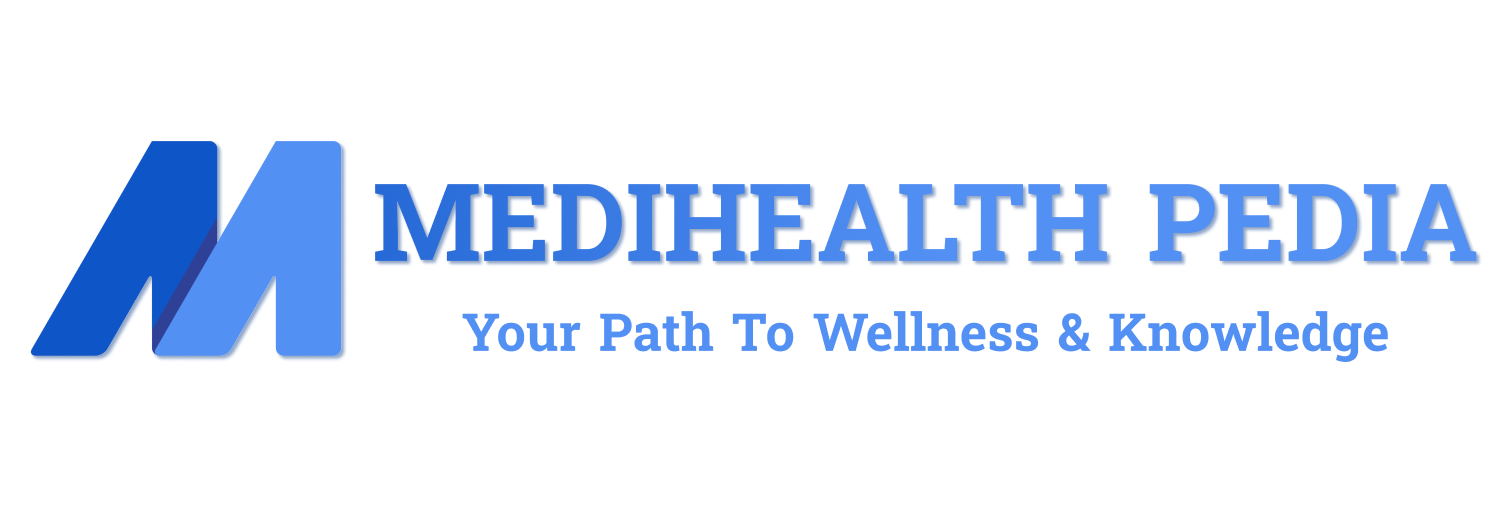Understanding Pimples: A Comprehensive Overview of Pimple - Causes, Diagnosis, Treatment, and Prevention
Introduction
Pimples, those pesky little red bumps that seem to pop up at the most inconvenient times, are a common skin concern for many people. They can be both physically and emotionally bothersome, leading to decreased self-esteem and confidence. In this comprehensive guide, we will explore everything you need to know about pimples, including their overview, presentation, differential diagnosis, conventional treatment guidelines, prevention, herbal remedies for treatment, lifestyle modifications, and a conclusion that ties it all together.

Overview
Pimples, medically known as acne vulgaris, are a common skin condition that occurs when hair follicles become clogged with oil, dead skin cells, and bacteria. They typically manifest as red or pus-filled bumps on the skin’s surface and are often associated with adolescence. However, pimples can affect individuals of all ages. While they are not usually dangerous, they can be uncomfortable and lead to scarring if not properly managed.
Presentation
Pimples can present in various forms, from mild blackheads and whiteheads to more severe, painful, and inflamed nodules or cysts. Here are the primary types of pimples and their characteristics:
- Blackheads: These are small, dark spots on the skin’s surface, often found on the nose and forehead. They result from the opening of hair follicles being clogged with oil and dead skin cells.
- Whiteheads: Whiteheads are similar to blackheads but remain beneath the skin’s surface, creating small, white or flesh-colored bumps.
- Papules: Papules are small, raised, red or pink bumps with no visible pus. They may be sensitive to touch and can occur in clusters.
- Pustules: Pustules are similar to papules but have a white or yellow center filled with pus. They can be painful and are often referred to as “zits.”
- Nodules: Nodules are larger, solid, and painful lumps beneath the skin’s surface. They result from deep inflammation and can lead to scarring.
- Cysts: Cysts are the most severe form of pimples. They are large, pus-filled, and often painful. Cysts can cause significant scarring and may require medical treatment.
Differential Diagnosis
It’s important to note that not all skin blemishes are pimples, and sometimes they can be confused with other conditions. Here are some common differential diagnoses for pimples:
- Rosacea: Rosacea is a chronic skin condition characterized by redness, visible blood vessels, and small red bumps, often on the face. It can be mistaken for acne due to the presence of red bumps, but it typically lacks blackheads and whiteheads.
- Folliculitis: Folliculitis is an inflammation of hair follicles and can look like small, red, pimple-like bumps. It is caused by bacterial or fungal infections and can occur on any part of the body.
- Keratosis Pilaris: Also known as “chicken skin,” keratosis pilaris appears as small, raised, red or white bumps on the skin, usually on the arms, thighs, or buttocks.
- Milia: Milia are small, white or flesh-colored cysts that form when keratin becomes trapped beneath the skin. They are often mistaken for whiteheads but do not have the same inflammatory component.
Conventional Treatment Guidelines
Conventional treatments for pimples aim to reduce inflammation, unclog pores, and prevent future breakouts. The choice of treatment often depends on the severity of the condition. Here are some of the most common conventional treatment options:
- Topical Products: Over-the-counter or prescription topical products containing ingredients like benzoyl peroxide, salicylic acid, or topical antibiotics can help to unclog pores and reduce inflammation. These are often the first line of defense for mild to moderate acne.
- Oral Medications: In cases of more severe acne, oral antibiotics or oral contraceptives (for females) may be prescribed to help control inflammation and regulate hormones that contribute to acne.
- Isotretinoin: This is a potent oral medication used for severe acne that doesn’t respond to other treatments. It works by reducing oil production, unclogging pores, and preventing future breakouts. However, it comes with significant potential side effects and requires close medical supervision.
- Light and Laser Therapies: These treatments, such as photodynamic therapy and laser therapy, can target the bacteria responsible for acne and reduce inflammation. They are often used for severe or resistant cases.
- Extraction: A dermatologist may perform professional extractions to remove blackheads and whiteheads, especially in cases where they are deeply embedded or not responding to topical treatments.
- Chemical Peels: Chemical peels, using solutions like glycolic acid or salicylic acid, can help exfoliate the skin and reduce the appearance of pimples and acne scars.
Prevention
Preventing pimples is essential for maintaining clear and healthy skin. Here are some practical tips to help prevent pimples:
- Proper Skincare: Establish a regular skincare routine that includes gentle cleansing, exfoliation, and moisturizing. Avoid harsh or abrasive products that can irritate the skin.
- Healthy Diet: A balanced diet rich in fruits, vegetables, whole grains, and lean proteins can help reduce inflammation and improve overall skin health. Avoid excessive consumption of dairy and sugary foods, which may exacerbate acne for some individuals.
- Hydration: Staying well-hydrated can help maintain skin health and prevent excess oil production.
- Regular Exercise: Physical activity can help regulate hormone levels and reduce stress, which can contribute to acne.
- Avoid Touching the Face: Refrain from touching your face, as this can transfer bacteria and oils from your hands to your skin.
- Regular Hair and Pillowcase Washing: Ensure that your hair is clean, as excess oil from hair can contribute to pimples. Additionally, regularly change and wash your pillowcases to prevent the buildup of oils and bacteria.
- Sun Protection: Use sunscreen to protect your skin from the harmful effects of UV radiation. Some acne medications can increase sensitivity to the sun.
- Stress Management: Stress can trigger or worsen acne, so practice stress-reduction techniques such as mindfulness, meditation, or yoga.
Herbal Medicines
While conventional treatments are effective, some individuals prefer natural or herbal remedies for pimple treatment. It’s essential to note that the effectiveness of herbal remedies can vary from person to person. Here are some herbal options that may help with pimple treatment:
- Tea Tree Oil: Tea tree oil has natural antibacterial properties and can be applied topically to pimples. Dilute it with a carrier oil to avoid skin irritation.
- Aloe Vera: Aloe vera gel has anti-inflammatory properties and can help soothe irritated skin. Apply a small amount to the affected areas.
- Green Tea: Green tea is rich in antioxidants and can be used topically or consumed to help reduce inflammation.
- Turmeric: Turmeric has anti-inflammatory and antimicrobial properties. A paste made from turmeric and water can be applied to pimples.
- Witch Hazel: Witch hazel is an astringent that can help tone the skin and reduce inflammation when applied topically.
- Honey: Honey has natural antibacterial properties and can be applied directly to pimples. It also has moisturizing effects.
- Neem: Neem oil or neem leaves can be used to treat acne due to their antibacterial and antifungal properties.
It’s important to use caution when trying herbal remedies, as they can sometimes cause skin irritation or allergic reactions. If you have sensitive skin or are unsure about using herbal treatments, consult a dermatologist before incorporating them into your skincare routine.
Lifestyle Modifications
In addition to skincare and herbal remedies, certain lifestyle modifications can help prevent and manage pimples effectively:
- Quit Smoking: Smoking can worsen acne by reducing blood flow to the skin and impairing its ability to heal.
- Limit Alcohol Consumption: Excessive alcohol consumption can dehydrate the skin and exacerbate acne.
- Avoid Excessive Makeup: Heavy makeup can clog pores and worsen acne. Opt for non-comedogenic products, and be sure to remove makeup before bedtime.
- Sleep Hygiene: Prioritize getting enough sleep, as insufficient sleep can lead to increased stress and worsen acne.
- Avoid Excessive Stress: Chronic stress can trigger hormone fluctuations that lead to acne. Engage in stress-reduction activities and practice self-care.
- Regular Cleansing After Exercise: After working out, cleanse your face to remove sweat and oil that can clog pores.
- Avoid Overwashing: While cleansing is essential, overwashing your face can strip it of natural oils and worsen acne. Stick to a gentle cleansing routine.
Conclusion
Pimples, while common and often benign, can have a significant impact on one’s self-esteem and overall well-being. Understanding the different types of pimples, their differential diagnosis, and the available treatment options, both conventional and herbal, is crucial for effective management. Moreover, practicing good skincare, adopting a healthy lifestyle, and staying mindful of prevention strategies are key components of maintaining clear and healthy skin.
Remember that what works for one person may not work for another, so finding the right treatment and prevention methods may require some experimentation. If you’re struggling with persistent or severe acne, it’s advisable to consult a dermatologist who can provide personalized guidance and treatment options tailored to your specific needs. Ultimately, with patience and the right approach, you can achieve clearer and healthier skin and boost your confidence.

